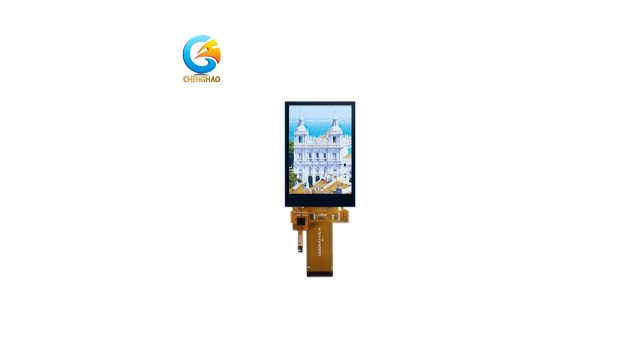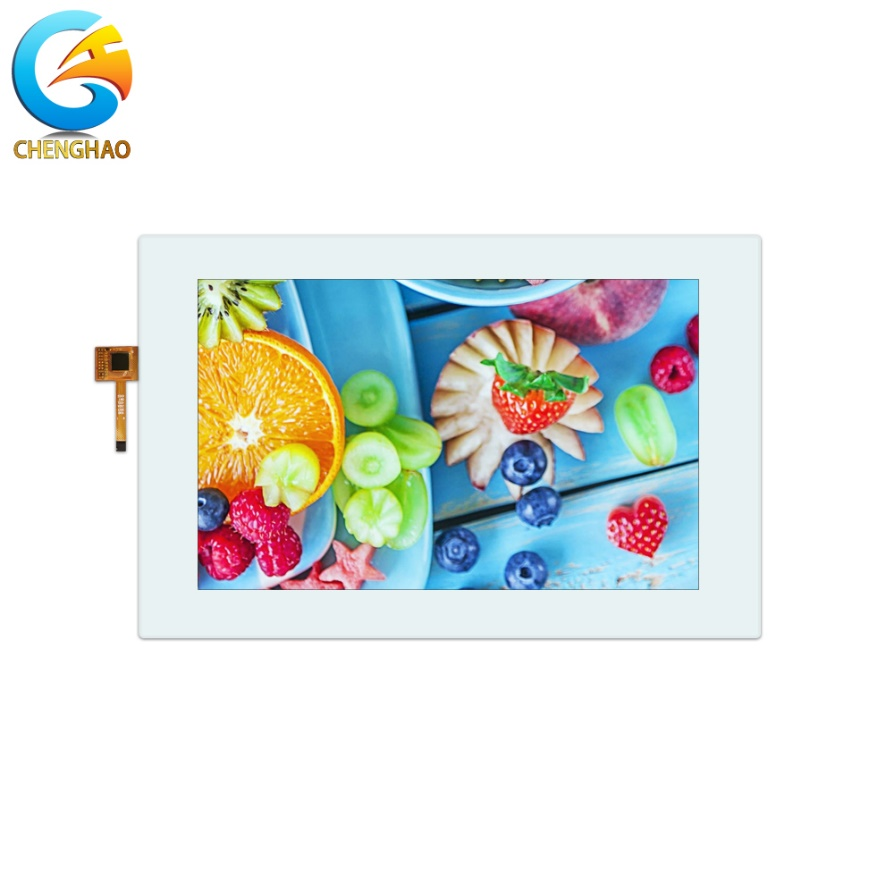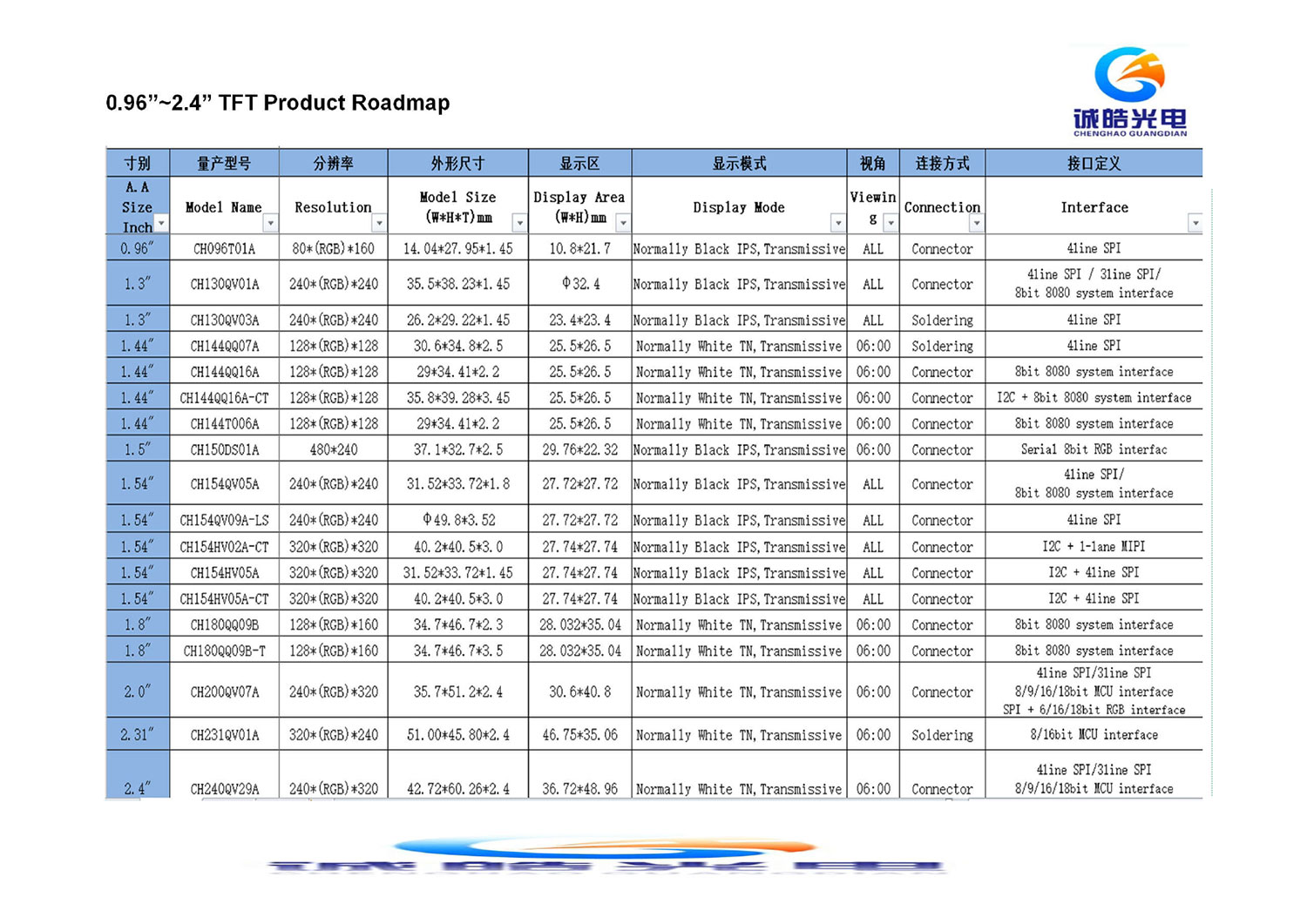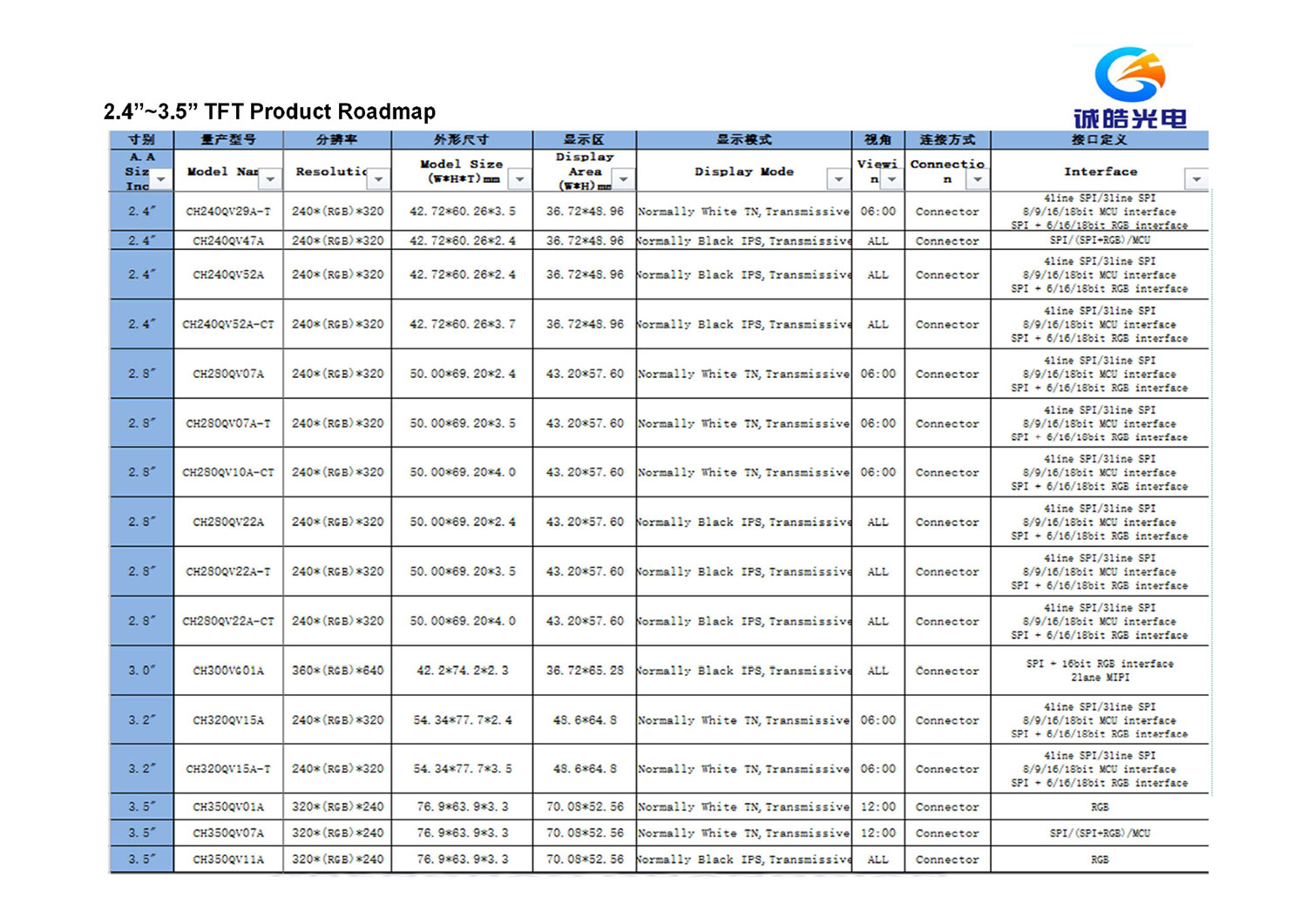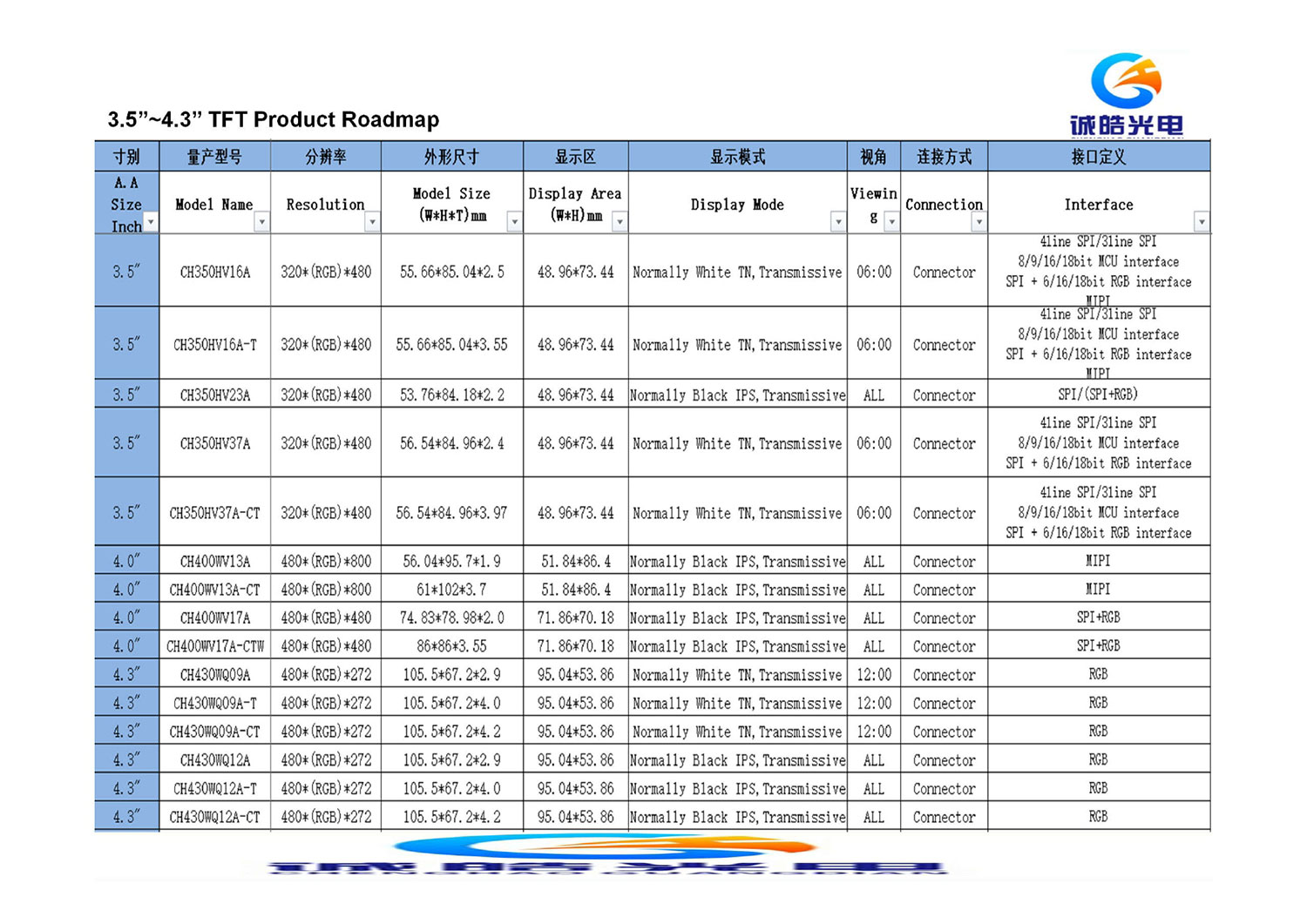Complete Classification of Liquid Crystal Display
2023-11-18
The full English name of the liquid crystal display is Liquid Crystal Display, or LCD for short. It is a matrix display screen driven by thin film transistors, which uses current to stimulate liquid crystal molecules to produce points, lines, and surfaces that cooperate with LED backlights to form a display screen. Below we will talk about the classification of LCD screens from multiple dimensions.
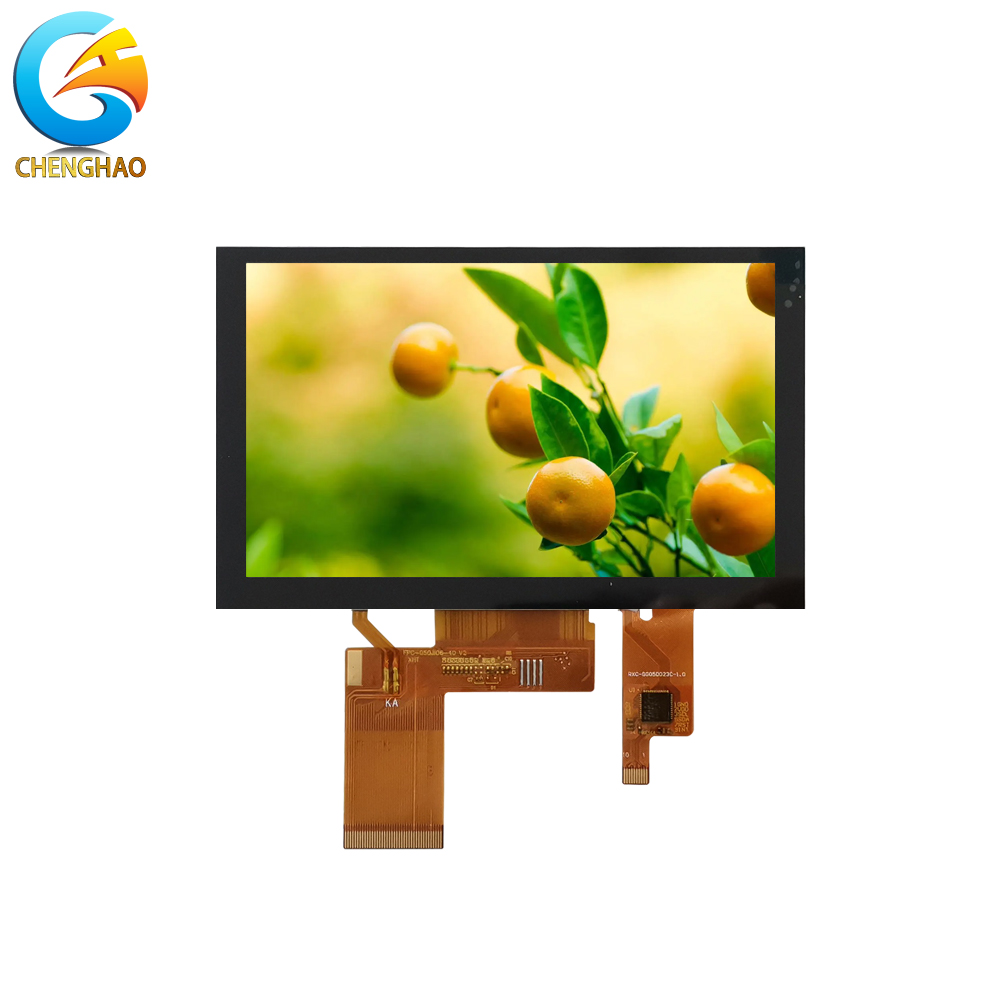
1. According to the display characteristics type of LCD screen:
(1) High-brightness display: LCD screens with a display brightness above 500cd/m2 are suitable for display devices that need to be visible in outdoor sunlight.
(2) Full-viewing LCD screen: It has full-viewing characteristics and also has high contrast, color saturation and dynamic clarity.
(3) Wide-temperature LCD screen: It is suitable for places with harsh temperature conditions. The operating and storage temperatures can reach -30 ℃ to +85 ℃, and the upper temperature limit of some models can reach 85 ℃.
(4) Semi-reflective and semi-transparent screen: It has outstanding display effects for display devices operating under strong light, as well as excellent reading performance in dark and low-light environments.
2. According to the panel type of LCD screen:
(1) TN LCD panel: The most basic and common display mode, with simple manufacturing, high transmittance and low cost.
(2) IPS panel: excellent full viewing angle characteristics, dynamic clarity, and color restoration effects.
(3) VA LCD panel: With its advantages of wide viewing angle, high contrast and no need for friction alignment, it has become the first choice for large-size TFT LCD LCD panels.
3. According to the interface type of the LCD screen: the most common interfaces are RGB interface, SPI interface, MCU interface, MIPI interface, LVDS interface, and others include HDMI interface, TTL interface, STN interface, etc.
4. According to the driving mode of LCD screen, it is divided into three types: static driver (Static), simple matrix driver (Simple Matrix) and active matrix driver (Active Matrix).
5. According to the application fields of LCD screens: home appliance display, vehicle display, commercial display, medical display, industrial display, instrumentation, outdoor handheld and other display fields.
























































